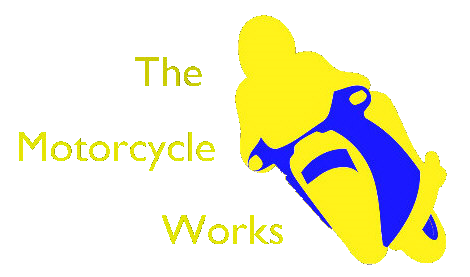

Motorcycle & Scooter MOT's
We carry out MOT tests on motorcycles and scooters. While we don't mind testing anything you bring, if you read below, you can make sure you bike passes by making sure it is roadworthy before we test it.
The MOT test concentrates on legal, environmental and safety issues. A valid MOT certificate is a legal requirement for all motorcycles that are three or more years old and used on the road, with the exception of those that are more than 40 years old and to which no substantial changes have been made.
The MOT checks the following on your motorbike or scooter:
Lights The following will be checked: the condition, whether they work properly, if they’re secure and the correct colour. The headlight, rear light, brake light and indicators will all be checked.
Steering and Suspension The tester will check your forks, bars, headstock bearings, swingarm, rear shock and front forks to ensure they are secure and work properly. Check that your handlebars turn freely, that the suspension is responsive when you bounce the bike and that your bearings are all secure. If the handling feels wrong or any parts feel loose, have them checked before you go for your MOT.
Wheels and Tyres These are inspected to check their condition, that they’re secure and that the tyre tread depth is over 3mm. The valves will also be inspected to check they’re in good condition.
Frame Checked to ensure it has no cracks, damage or corrosion, especially around the headstock area where it could affect steering or braking.
Brake system The condition of your brakes will be checked as well as a front and rear brake check test on a rolling road. You will probably already be aware if your brakes are on their way out. But you should always check that your brakes are fully operational by making sure the wheels rotate freely when the brake is released, and ensuring that the brake pads are not worn out.
Exhaust The motorcycle’s exhaust will be inspected to check it’s secure, has no cracks or holes and is meets noise requirements.
The petrol tank Your tester will ensure it is secure, that there are no leaks from the system or cracks in the tank. The filler cap must be lockable.
The seat This will be checked to ensure it is present and is securely fitted.
Wheel alignment The tester will ensure that the front and rear wheels are in line.
Horn The tester will check the horn works properly.
Registration plate and VIN numbers Your registration plate will have to conform to the correct size and the frame number will be checked.
Chain and sprockets These will be checked to ensure they’re properly adjusted, not too loose or tight, that the sprockets are in good condition and the chain guard is securely in place.
Throttle Checked to ensure it works correctly.
Clutch The lever is inspected to ensure it isn’t damaged, bent or otherwise too short for proper use.